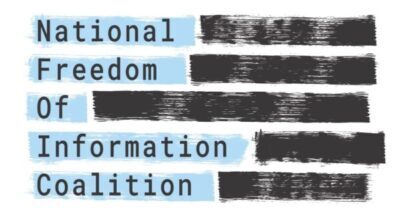rompted by the recent police killings of George Floyd and Breonna Taylor, protesters are demanding a wide range of changes to policing, including abolition, shifting funds to other community services, and tactical reforms. A common thread across these demands is that American policing must be held accountable to the communities it serves. Accountability, however, requires transparency — and transparency is a concrete step that local leaders can take right now.
After Michael Brown was killed by police in Ferguson, Mo., in 2014, the Obama administration launched the Police Data Initiative as part of a detailed national response to racialized police violence. At the time, few if any police departments in the country published data about their own actions in sufficient detail for community members to check for evidence of bias.
These days, information about police officers’ actions in addition to the arrests they make is more commonly released. But most of these data sets still lack key details and crucial context, such as corresponding body-camera footage, or published policies on what is allowed (and not) when officers use force. In most cases, releasing data isn’t mandated by law; it’s a matter of what leaders want to do. The Boston Police Department, for example, stopped publishing its annual data on stop-and-frisk incidents after 2016. It took months of public calls for transparency, public records requests, and finally a subpoena to restore the flow of data just last month. BPD’s excuse for the three-year gap in publishing data? Nobody had asked for it. (Read more)
